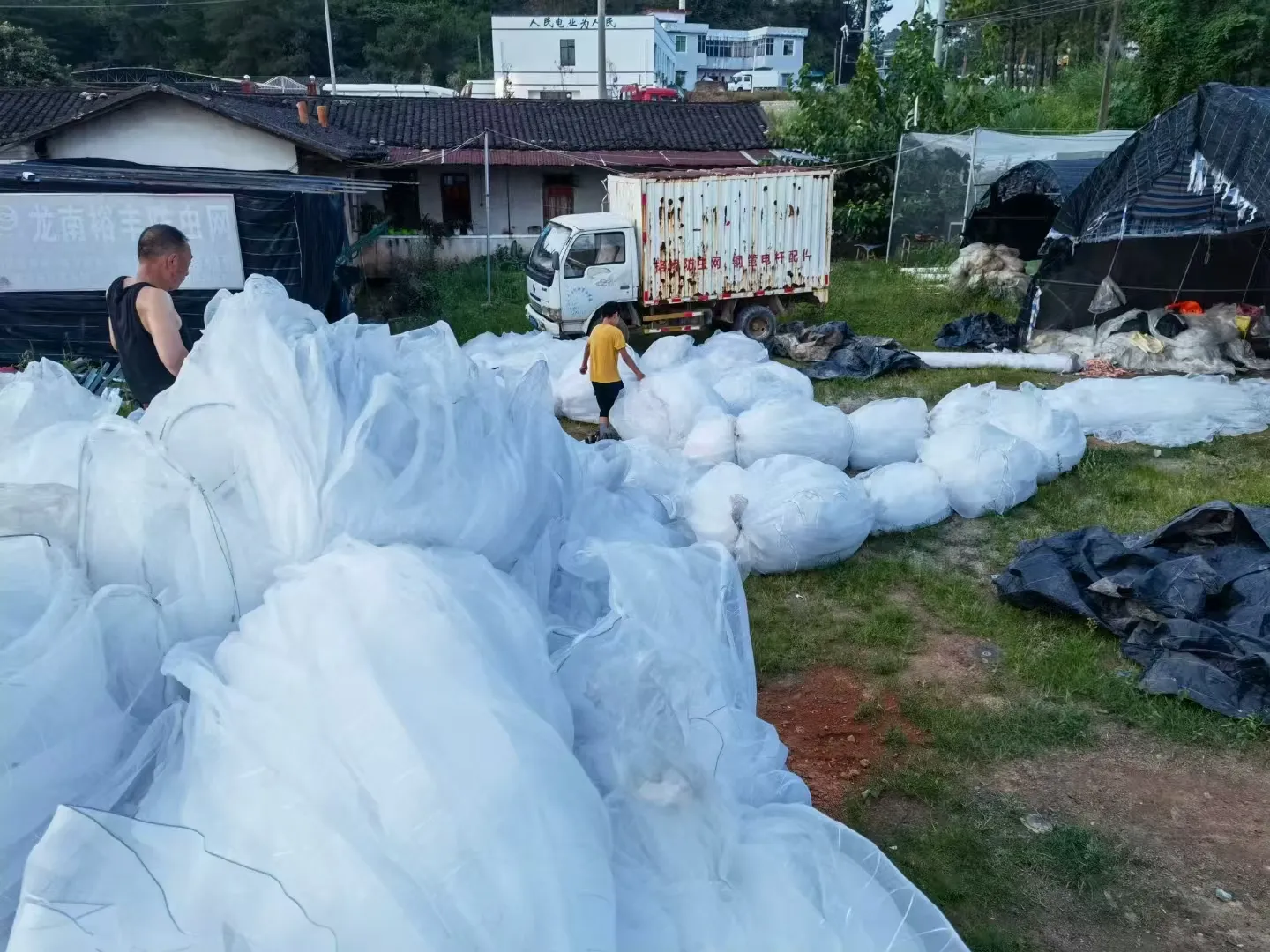-
 Afrikaans
Afrikaans -
 Albanian
Albanian -
 Amharic
Amharic -
 Arabic
Arabic -
 Armenian
Armenian -
 Azerbaijani
Azerbaijani -
 Basque
Basque -
 Belarusian
Belarusian -
 Bengali
Bengali -
 Bosnian
Bosnian -
 Bulgarian
Bulgarian -
 Catalan
Catalan -
 Cebuano
Cebuano -
 China
China -
 Corsican
Corsican -
 Croatian
Croatian -
 Czech
Czech -
 Danish
Danish -
 Dutch
Dutch -
 English
English -
 Esperanto
Esperanto -
 Estonian
Estonian -
 Finnish
Finnish -
 French
French -
 Frisian
Frisian -
 Galician
Galician -
 Georgian
Georgian -
 German
German -
 Greek
Greek -
 Gujarati
Gujarati -
 Haitian Creole
Haitian Creole -
 hausa
hausa -
 hawaiian
hawaiian -
 Hebrew
Hebrew -
 Hindi
Hindi -
 Miao
Miao -
 Hungarian
Hungarian -
 Icelandic
Icelandic -
 igbo
igbo -
 Indonesian
Indonesian -
 irish
irish -
 Italian
Italian -
 Japanese
Japanese -
 Javanese
Javanese -
 Kannada
Kannada -
 kazakh
kazakh -
 Khmer
Khmer -
 Rwandese
Rwandese -
 Korean
Korean -
 Kurdish
Kurdish -
 Kyrgyz
Kyrgyz -
 Lao
Lao -
 Latin
Latin -
 Latvian
Latvian -
 Lithuanian
Lithuanian -
 Luxembourgish
Luxembourgish -
 Macedonian
Macedonian -
 Malgashi
Malgashi -
 Malay
Malay -
 Malayalam
Malayalam -
 Maltese
Maltese -
 Maori
Maori -
 Marathi
Marathi -
 Mongolian
Mongolian -
 Myanmar
Myanmar -
 Nepali
Nepali -
 Norwegian
Norwegian -
 Norwegian
Norwegian -
 Occitan
Occitan -
 Pashto
Pashto -
 Persian
Persian -
 Polish
Polish -
 Portuguese
Portuguese -
 Punjabi
Punjabi -
 Romanian
Romanian -
 Russian
Russian -
 Samoan
Samoan -
 Scottish Gaelic
Scottish Gaelic -
 Serbian
Serbian -
 Sesotho
Sesotho -
 Shona
Shona -
 Sindhi
Sindhi -
 Sinhala
Sinhala -
 Slovak
Slovak -
 Slovenian
Slovenian -
 Somali
Somali -
 Spanish
Spanish -
 Sundanese
Sundanese -
 Swahili
Swahili -
 Swedish
Swedish -
 Tagalog
Tagalog -
 Tajik
Tajik -
 Tamil
Tamil -
 Tatar
Tatar -
 Telugu
Telugu -
 Thai
Thai -
 Turkish
Turkish -
 Turkmen
Turkmen -
 Ukrainian
Ukrainian -
 Urdu
Urdu -
 Uighur
Uighur -
 Uzbek
Uzbek -
 Vietnamese
Vietnamese -
 Welsh
Welsh -
 Bantu
Bantu -
 Yiddish
Yiddish -
 Yoruba
Yoruba -
 Zulu
Zulu
More Language
Shk . 15, 2025 10:58
Back to list
hawk netting
Hawk netting, an essential tool for bird control, serves as an effective solution for protecting properties and agricultural investments from unwanted avian intruders. As birds, particularly hawks and similar species, can pose significant threats to crops, gardens, and even infrastructure, implementing a well-designed netting system ensures safety and longevity of these assets.
Authoritativeness in the domain of hawk netting is well-established. Numerous organizations specializing in pest control and agricultural preservation advocate for netting as a humane and environmentally friendly alternative to chemical deterrents or lethal methods. These endorsements are backed by rigorous research and field testing, confirming netting’s efficacy in a variety of environments and conditions. Trustworthiness of hawk netting solutions is further reinforced by adherence to industry standards. Reputable suppliers and installers frequently undergo certification processes, ensuring that the products they provide and the installation services they deliver meet stringent performance and safety criteria. Engaging with certified professionals not only guarantees quality but also allows property managers and farmers to seek guidance on best practices tailored to their specific concerns. In conclusion, hawk netting stands as a proven and authoritative method for bird control. With a foundation of real-world experience, professional expertise, and industry-backed credibility, it offers peace of mind for those seeking to protect their properties from avian threats. By selecting and implementing the right netting solution, and working with trusted professionals, individuals and businesses alike can enjoy long-term protection and enhanced productivity.


Authoritativeness in the domain of hawk netting is well-established. Numerous organizations specializing in pest control and agricultural preservation advocate for netting as a humane and environmentally friendly alternative to chemical deterrents or lethal methods. These endorsements are backed by rigorous research and field testing, confirming netting’s efficacy in a variety of environments and conditions. Trustworthiness of hawk netting solutions is further reinforced by adherence to industry standards. Reputable suppliers and installers frequently undergo certification processes, ensuring that the products they provide and the installation services they deliver meet stringent performance and safety criteria. Engaging with certified professionals not only guarantees quality but also allows property managers and farmers to seek guidance on best practices tailored to their specific concerns. In conclusion, hawk netting stands as a proven and authoritative method for bird control. With a foundation of real-world experience, professional expertise, and industry-backed credibility, it offers peace of mind for those seeking to protect their properties from avian threats. By selecting and implementing the right netting solution, and working with trusted professionals, individuals and businesses alike can enjoy long-term protection and enhanced productivity.
Next:
Latest news
-
Why Nylon Mesh Netting is Revolutionizing Industrial and Commercial ApplicationsNewsJun.13,2025
-
Reinventing Reliability with Construction Wire MeshNewsJun.13,2025
-
Protect Your Crops with High-Performance Agricultural Netting SolutionsNewsJun.13,2025
-
Premium Breeding Net Solutions for Modern AquariumsNewsJun.13,2025
-
Precision Filtration Solutions for Industrial and Commercial NeedsNewsJun.13,2025
-
Advanced Industrial Mesh Solutions for Every ApplicationNewsJun.13,2025











